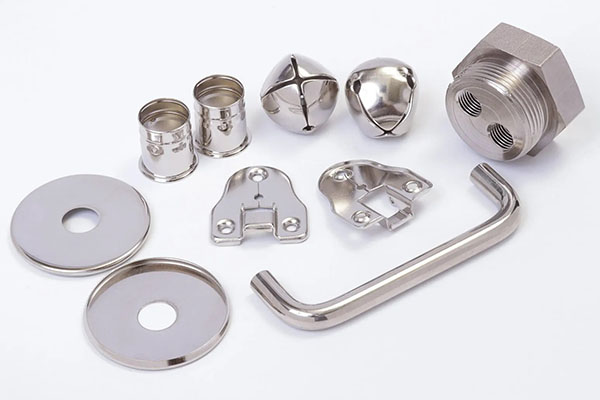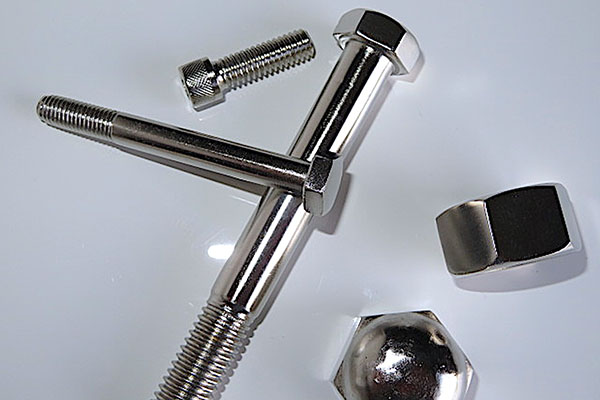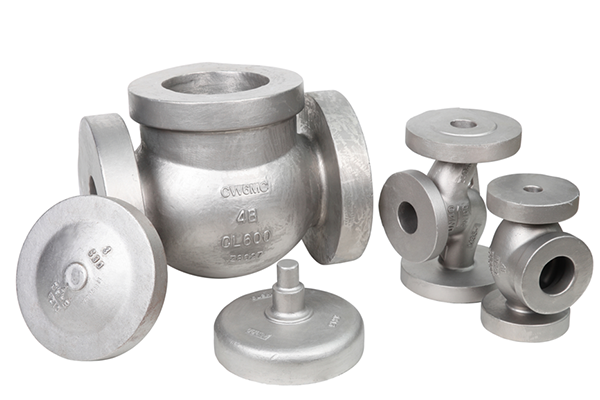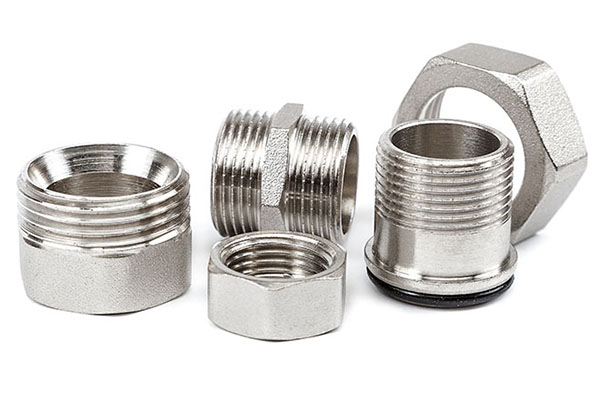Materiales de las piezas metálicas de níquel
Nickel is a shiny, silver-colored metal that falls into the category of transition metals. It's got impressive strength, can stretch without breaking, and has a nice polished look. Plus, it doesn't rust easily, which makes it great for making stainless steel and other rust-resistant alloys. You'll find plenty of nickel in the Earth's crust, mainly in minerals like pentlandite and garnierite. And here's an interesting fact: nickel is magnetic, so it can be attracted by magnets.
Nickel has a wide range of applications, including:
Stainless steel production: As an important alloying element, it improves the strength, corrosion resistance, and heat treatment performance of steel.
Electroplating: Utilizing its corrosion resistance to provide a protective layer for other metals.
Alloy materials: such as nickel based high-temperature alloys, used for key components such as turbine blades in the aerospace industry.
Catalyst: Used as an accelerator for reactions in the chemical industry.
Battery materials: such as nickel hydroxide batteries and nickel cadmium batteries.
Pigments and dyes: used as glazes for ceramic products and for coloring glass.
Special use: such as nickel titanium memory alloy used in medical devices and aviation fields.
Servicio de fabricación de piezas metálicas de níquel
Be good at product structure optimization and greatly reduce the cost of Nickel Metal Parts Materials

Diseño de piezas
Diseño Estético y Estructural

Realización de moldes
Diseño, Confirmación de Facilidad de Manufactura

Producción de Producto
Imported, high-speed equipment

Armado del Producto
Materia Prima, Inspección y Montaje
Model classification of Nickel Metal Parts Materials
Ni200/N2: High purity impurity free nickel with excellent corrosion resistance and weldability.
Ni201/N4: A low-carbon version of pure nickel with reduced carbon content to reduce brittleness.
NiMo16/N10001: A nickel alloy containing 16% molybdenum, known as "high-temperature sodium", with extremely high oxidation resistance.
NiCr20/N62: Nickel alloy containing 20% chromium, with excellent corrosion resistance and oxidation resistance.
NiTi41/N4113: A nickel alloy containing 41% titanium, with excellent corrosion resistance and high temperature strength.
Machining Process of Nickel Metal Parts
First up, we have cutting. This involves using special tools like high-speed steel, carbide, or ceramic to cut or shape the material. Because nickel alloys are tough and hard, it's crucial to tweak the cutting settings to minimize force and heat during the process.
Next is grinding. For this, we use wheels made from materials like alumina or silicon carbide. During grinding, it's important to pick the right settings—like speed, depth, and pressure—to prevent overheating and damaging the workpiece.
Then there's electric discharge machining (EDM). This method uses electrical sparks to generate heat for processing, perfect for complex shapes that can't be easily handled with traditional methods.
Laser processing is another option. It uses laser beams to heat, melt, or vaporize the material to remove it or change its shape. Laser processing stands out for its precision, efficiency, and minimal heat impact on surrounding areas.
Forging comes into play when we want to reshape and size the material through plastic deformation. Forging not only changes the shape but also boosts the material's strength and improves its microstructure.
Casting involves pouring molten nickel into molds where it cools and solidifies, forming castings.
Lastly, welding joins pieces together by heating or applying pressure until they bond at the atomic level. There are different techniques like arc welding, argon arc welding, and laser welding.
Each of these methods has its own strengths and is used in specific situations. In real production, choosing the right technique and settings is key to ensuring quality and efficiency.